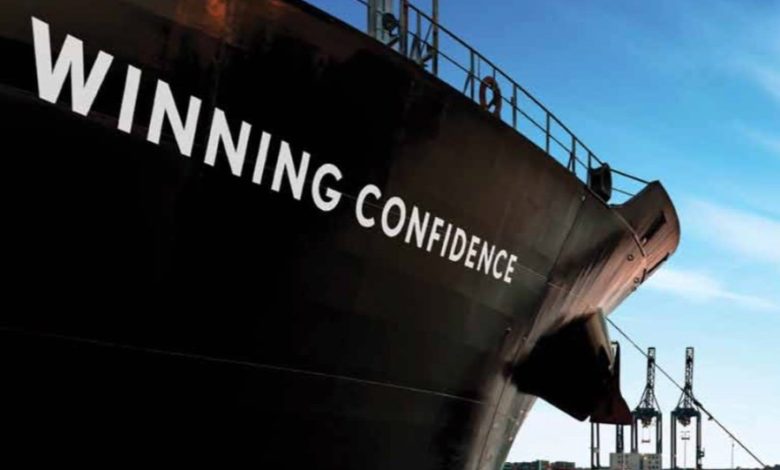Cape trading patterns to shift with $15bn Guinea iron ore project

The global seaborne map of capesize trades is set for one of its largest shifts in the wake of the signing finally of a multi-billion dollar iron ore mining deal in West Africa.
Guinea’s ruling junta has penned a $15bn framework agreement with mining giant Rio Tinto and a Singapore-led Winning consortium on the exploitation of the massive Simandou iron ore deposits.
The 35-year deal is for blocks 1 and 2 attributed to the Winning Consortium, which includes Singapore’s Winning Shipping, Guinean mining logistics firm United Mining Supply (UMS), Chinese aluminium producer Shandong Weiqiao and Guinea’s government, and blocks 3 and 4 to Rio Tinto.
The investment primarily covers developing a 670 km railway from the Simandou site to a new deepwater port at Moribayah. Guinea’s mines and geology minister, Moussa Magassouba, stated the government had negotiated and gained a 15% share in the rail, port, and mines, and that once completed, the new infrastructure would become state property.
“This framework agreement will allow the joint development of this project, a huge project. Everyone’s effort will allow for the accelerating of the process and resumption of work in better conditions so that this project reaches maturity and can bring more development and wealth to Guinea,” said Fadi Wazni of Winning Consortium.
Géraud Moussarie, director-general of Rio Tinto Simfer, added: “We think that co-development is a very good model of development project, partly because of the big funds, great capital gathered to bring the expertise of everyone. And we really look forward to continuing to work together with our new partners and the State of Guinea.”
Simandou deposits have been estimated at 2.4bn tonnes of high-grade ore, much of which is destined for Chinese consumption, but they remain undeveloped due to legal challenges and political unrest.
Commenting via LinkedIn on the deal, Splash columnist Kris Kosmala stated: “China aims to fundamentally solve iron ore shortages and dependence on Australia and Brazil. That’s where Guinea and its Simandou mine comes into play.”
According to Magassouba, the execution of the 670 km of rail and the deepwater port should be carried out by December 2024, while the first commercial production is expected by March 31, 2025. Once fully operational, the project is expected to have a 100m tonnes a year iron ore production capacity.

Moribayah is no where near the coast – how can you name it as a deep water port? The new port should be at least having a depth of 25 metres, be it in Guinea, Liberia or Ivory Coast. Otherwise Brazil and Australia still have an advantage in shipping costs.